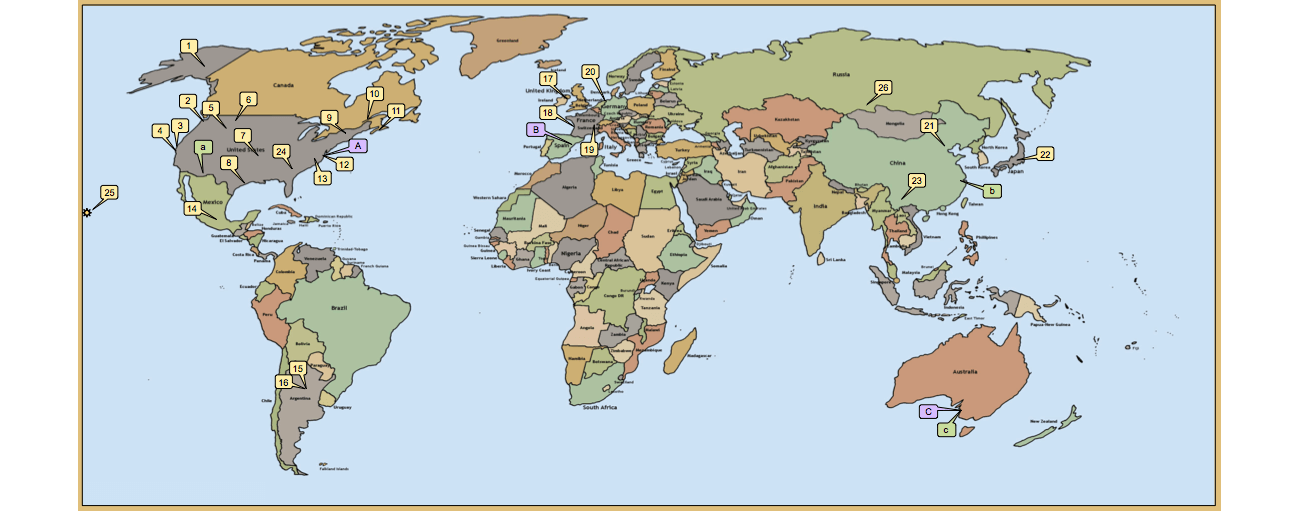Research Overview
I lead an internationally-recognized research program in molecular evolutionary genetics. During the past decade, my students and I have presented our findings at 26 leading scientific conferences in ten different countries. This research is summarized below, and details can be found here. Additional research activities include high-profile sabbatical research and participation in workshops and seminars.
Molecular Evolutionary Genetics
DNA molecules convey hereditary information through the sequence of nucleotide subunits (abbreviated A, C, G, T). In addition to directing the events inside living cells, DNA sequences contain information about an organism’s evolutionary history. My primary research interest is the use of genetic data to understand diversification and the evolution of innovation. Because of the universal nature of DNA, molecular evolutionary genetics can be used to study almost any biological question. I am supervising four current research efforts.
The Structure of Chromosome Ends in Drosophila
The ends of eukaryotic chromosomes, known as telomeres, are important to maintaining the integrity of linear chromosomes, which tend to shorten over time. In the model genetic organism, Drosophila, telomeres are formed by arrays of transposable elements, including one known as HeT-A. We use phylogenetic analysis of HeT-A sequences to investigate the distribution and origin of this novel telomere structure.
Genetic Diversification of Great Salt Lake Brine Flies
Brine flies are perhaps the most conspicuous inhabitants of Great Salt Lake and constitute an enormous population. We use DNA sequence comparisons to examine the pattern of genetic diversity of brine flies. This provides information about population structure and the extent of interbreeding among flies inhabiting different regions of the lake.
DNA Barcoding of Great Salt Lake Brine Flies
DNA barcoding is the global standard for the identification of biological species based on genetics. Barcodes provide a fast, unambiguous tag that can be used to distinguish species that show little morphological differentiation. We have obtained DNA barcodes for several species of brine flies from the Great Salt Lake, demonstrating that the species diversity is greater than previously thought.
Wolbachia of Great Salt Lake Brine Flies
Wolbachia is a fascinating group of bacteria that live within the cells of their arthropod hosts. These endosymbionts have been shown to influence host reproduction and physiology. In collaboration with Dr. Mo Sondossi, we have identified Wolbachia from Great Salt Lake brine flies, the first report of these bacteria in organisms that inhabit an extreme environment. The phylogenetic analysis allows us to compare these bacteria to those isolated from other arthropods, providing insights into the diversification of these remarkable bacteria.
For more complete information on these and other research activities.

